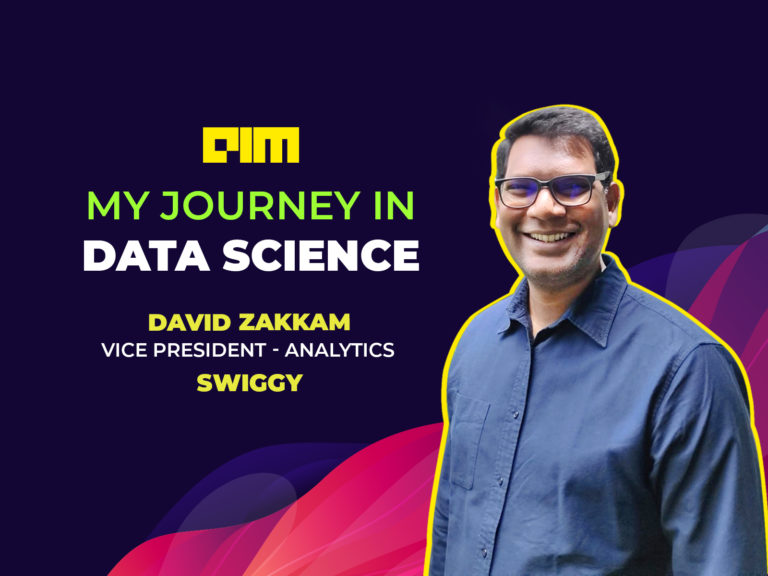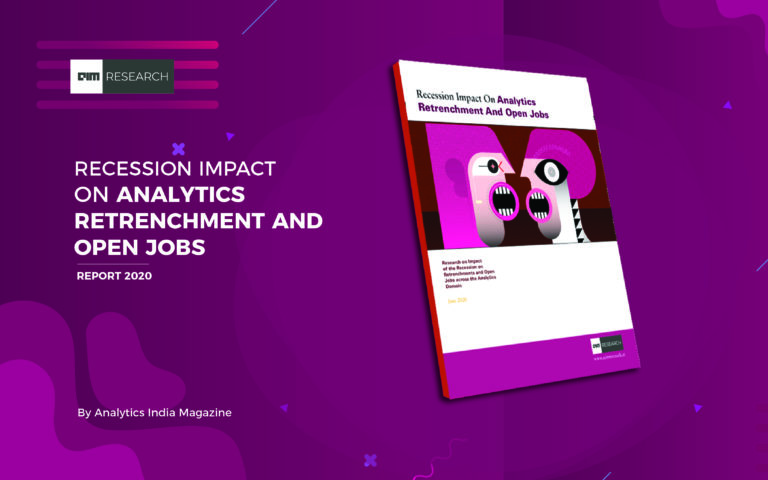Imagine that you are part of a Talent Management team. A typical day at your job starts with compiling and matching employee data from various systems and rummaging through your mailbox for previous discussions. Somehow, you compile relevant information in the nick of time, but you do not have time left to think and plan before your one-on-one meetings. You know and hope that you can manage better in the next meeting, but some things never change.
The modern information hunter-gatherer needs to stay ahead of the game. Reactive and predictive metrics are one of the most important tools to conquer the challenges of talent management.

Here are questions one needs to ask oneself while crafting out an analytics strategy.
- Identifying Critical Talent: ‘Critical roles’ do not automatically mean those of senior leadership and managers but could be roles related to sales, customer support, production and maintenance etc. To identify critical talent, you can use the following guideline questions.
- How important is the talent with respect to the success of your business strategy?
- What is the cost of replacement for a role?
- Are external candidates easily available?
- What is the ratio of the successors identified versus critical senior positions for the business?
- Are these skills niche skills or are they replaceable?
- How urgent will be a potential replacement?
Measure the parameters for each of the guideline questions, for potential critical roles and positions. If any of the parameters cannot be measured, then, you must question if the position belongs in the list critical in the first place. Maybe, it is time for you to reassess the list!
- Succession Decision: Once you have a good understanding of the critical positions, it is time to prioritize them within your business before you build a pipeline. This helps to target correct talent investment, especially during turbulent and uncertain macroeconomic situations.
- Predict the most suitable candidate based on a talent index and diversity index for senior critical positions.
- Assess suitability of internal replacement versus external replacement of talent
- Flag off employees with high potential, high retention risk and stagnancy risk for critical positions
- Assess the replacement readiness of identified successors
- Integrate training programmes, 360-degree survey feedback, participation in external forums, publication published for senior critical roles.
- Calculate the revenue impact and the productivity impact resulting from engagement programmes deployed for critical talent.
Using a combination of self-service tools and algorithms, this information can be represented interactively, helping you gather intelligent insights. Often a talent manager spends a great deal of time massaging data and trying to develop complex calculations around the data. At the end of the entire exercise, the goal of the analytics is lost somewhere in the multiple sheets.
- Analytics stories derived from this should over the time be able to tell you the changing landscape of critical positions over a period of time within your business and provide you with the ability to keep a close track of the health of the talent to close these positions.
- Most importantly no matter what tool or algorithm you decide to deploy, this information needs to be easily accessible to relevant stakeholders on any device whenever needed.
Most brands apply analytics to understand customer buying patterns to improve revenue. However, it is still uncommon to find organisations applying these approaches internally to their processes and employees. Although we are yet to tap into the complete potential of analytics in the HR space, we will find HR functions reinventing themselves in the days to come. A guesswork and human biases approach will be replaced with a more information and data-centric approach.



















































































